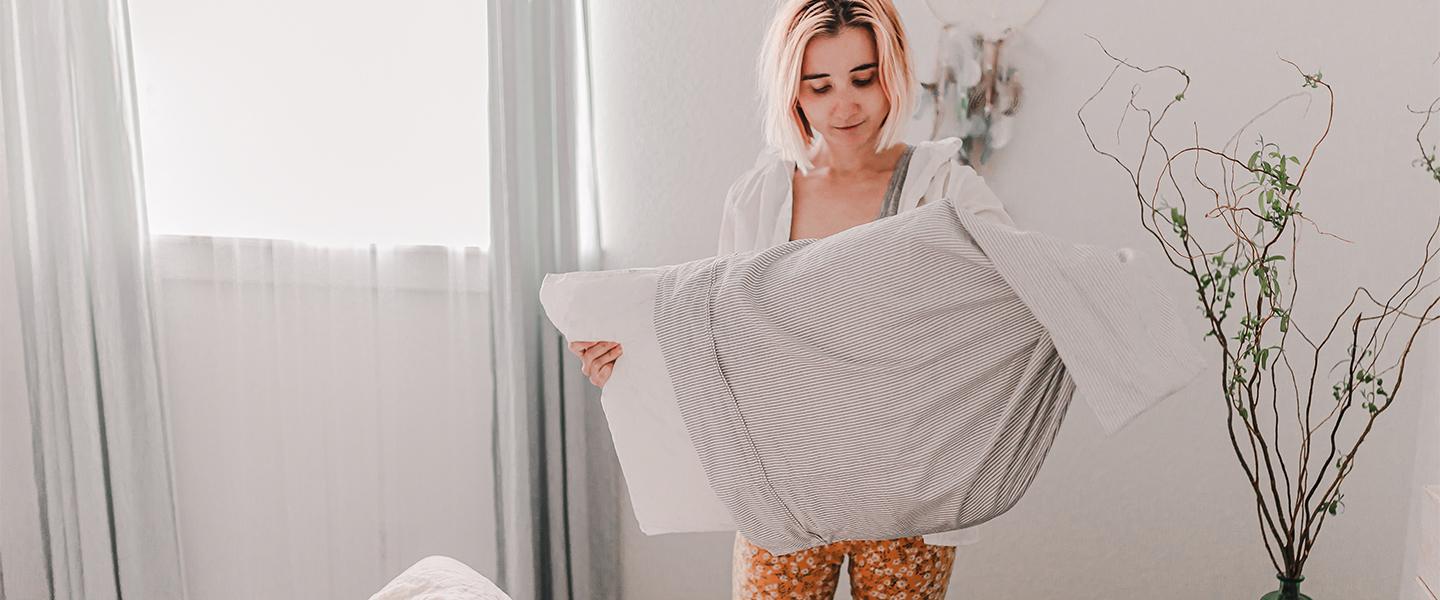How Often Should You Change Your Pillows?
Pillows play an important role in helping us get sufficient and restful sleep each night. Simply put, they have the power to make or break us when it comes to sleep quality. Unfortunately, many people wait far too long before swapping out their old pillows with newer ones, making it much more difficult to get a healthy amount of sleep.
That's why Sleepseeker is here to answer all the big questions you have about pillows. This ranges from how often you should change your pillows, how many pillows you should sleep with, to reasons for changing them in the first place.
How Long Should Pillows Last?
On average, your pillows should last about one to two years. At the two-year point, it's unlikely that your pillow will be capable of supporting and comforting you the way it did when you bought it.
Of course, a pillow's lifespan depends on a few factors, including its materials, quality, and if it's cared for properly. Memory foam pillows, for example, are more likely to keep their shape for three years than polyester or synthetic down pillows.
4 Reasons To Replace Your Pillows
You may be wondering, why bother swapping out your pillows at all? There are actually several reasons why you should periodically replace your pillows, many of which concern your sleep quality and health.
1. Improves Hygiene
Simply put, it's not hygienic to use the same pillow for more than a few years. Yes, even if you're washing the pillowcase. A pillowcase can only provide so much protection against the things your pillow absorbs, like sweat, body oil, dead skin cells, saliva, hair, and more.
This can cause allergens like mould and mildew to accumulate, which may lead to your pillow emitting an unfortunate odour. Though washing your pillow may reduce or eliminate the smell, it's less likely to be effective against allergens.
2. Relieves Pain
The purpose of your pillow is to keep your spine neutral while providing comfort and support for your head and neck area. As your pillow inevitably gets flatter and weaker over time, it won't offer the support or comfort it once did.
Replacing your pillows every few years will help prevent the discomfort caused by lumpy, worn-out pillows, including neck pain and headaches. If you're already experiencing these symptoms, getting some new pillows could help immensely.
3. Lessens Allergies
One of the most important reasons to replace your pillows regularly is to prevent allergen build-up. Dust mites are very drawn to pillows, as they feed on dead skin cells and prefer to live in warm environments.
Though the dust mites themselves aren't dangerous, allergy-prone people may experience various symptoms, such as sneezing, difficulty breathing, nasal congestion, watery eyes, and more. As these symptoms worsen, you may begin having trouble falling and staying asleep at night. This is where anti allergy pillows could help.
4. Enhances Sleep Quality
All the issues listed above, from neck pain to allergen build-up, can severely affect your sleep quality. By replacing your old pillows with new ones, you're giving yourself your best chance at a good and restful night's sleep. Sometimes all it takes is one small change to improve your quality of life in a meaningful way.
8 Signs It’s Time To Buy New Pillows
Now that you understand how important it is to replace your old pillows, you may have another question: How can you know whether or not it's time to buy new pillows? There are several easy ways to tell, ranging from the quality of the pillow to physical health symptoms. Here are 8 signs it's time for an upgrade:
1. Permanent Stains/Discolouration
It's probably time to throw out your pillow if it has noticeable stains that don't come out in the wash. Pillows can turn yellow and these stains are likely the result of body sweat, oil, and, in some cases, leftover makeup that has seeped into the pillowcase. The stains can be so severe that your entire pillow can look discoloured. If your pillow is a different colour than it was when you bought it, it's definitely time for a change.
2. Waking Up Tired
If you wake up feeling tired, it goes without saying that something's not right with your bed. The most likely culprit is your pillow. A pillow past its prime can cause a lot of aches and pains, which can then interrupt your sleep and affect the quality of your sleep.
3. An Unpleasant Odour
Smell something unpleasant when you lay your head down to sleep? What you're smelling could very likely be your own body odour and bacteria that have seeped through your washable pillowcase and into the pillow itself. If the pillow still smells after you try washing the pillowcase, it may be time to treat yourself to a new pillow.
4. Waking Up With Headaches
Frequently waking up with headaches or developing tension headaches is another sign that you need to buy new pillows. Your headaches are likely the result of your pillow losing its firmness, which can also lead to neck pain.
5. Lumpiness
Pillows can become lumpy over time as the stuffing inside collects debris and moisture. Lumpy pillows lack proper support for your head and neck, which can lead to difficulty sleeping, poor sleep quality, and neck pain. Though the lumpiness may seem bearable, you shouldn't subject yourself to using pillows where only certain sides are comfortable.
6. Limpness
Try bending your pillow in half and letting go. If it stays limp, rather than snapping back to its original position, it has likely lost its shape and can no longer support you properly.
7. Constant Re-fluffing
Constantly having to re-fluff your pillows is a common sign that they need to be replaced, though this is really only relevant for those using feather pillows.
8. New Sleeping Position
Your pillows don't have to be stained, smelly, or lumpy before you decide to replace them. Sometimes you're just using the wrong pillow for your sleep style. People change their sleeping position for a variety of reasons, including pregnancy and injuries. Those who've begun sleeping on their side are typically better off with thicker and firmer pillows, while those who sleep on their back or stomach should opt for thinner and softer pillows.
If you need any help finding the right bedding, read our guide on finding the best pillows for you.
Top Tips For Looking After Your Pillows
When it comes to looking after your pillows, simply replacing them every one or two years isn't enough. If you want your pillows to last as long as possible and keep their shape, cleanliness, and quality throughout, there are a few important tips you should follow.
Always Use Pillow Covers
Pillowcases add a layer of protection. However, they should always be placed over a pillow protector. Pillow protectors, or pillow covers, provide an additional buffer that deters dust mites and prevents your pillow from absorbing excessive amounts of skin and body oil. When used properly, pillow protectors have the potential to double your pillow's lifespan.
For the best results, we recommend opting for pillow protectors with zippers so that your actual pillow is less exposed.
Fluff Your Pillow Daily
Pillows filled with feathers or shredded materials should be fluffed daily. Fluffing helps the pillow keep its original shape, which is optimal for your comfort, health, and the longevity of the pillow.
Wash Your Pillow Regularly
As stated above, odour and the build-up of allergens are common among pillows that are past their prime. However, these can also be issues for newer pillows that aren't being washed properly or frequently enough. You should be washing your pillows every three to six months on a gentle cycle with hot water and a mild detergent. For good measure, you can then run them through the washer without detergent on a rinse cycle.
That being said, not all pillows are machine washable. If your pillows can be hand-washed, we recommend submerging them one at a time in lukewarm water with mild detergent. You can then squeeze the pillow gently and then rinse it off with cool water. Squeeze again, still gently, to wring out any excess water. Some pillows can go in a dryer on low heat afterwards, while others can be air-dried outside or in a cool room.
Air Out Your Pillow Monthly
Depending on the type of pillow you have, you may not have to lay it out to dry. However, it can still be beneficial to let your pillow air out under the sun once a month. First, you'll need to remove your pillow from its case and any other coverings it may have. Then lay it outside on a clean surface, like an unused trash bag, where it'll be directly under the sun. After an hour or two has passed, flip the pillow over. Then wait another hour or so before bringing your pillow back inside.
The purpose of this is to let the sun's ultraviolet rays kill some of the germs and bacteria in your pillow. The sun will also eliminate some of the moisture that may be trapped inside your pillow, which will help prevent dust mites. For this to work, though, it's essential that you only do this on days that are sunny, warm, and with low humidity.
Check The Label!
Pillows can have many significant differences in terms of their materials, design, and maintenance needs. To make the right choices for your pillow, you absolutely have to read the label.
This is how you'll know whether or not you can wash or dry your pillow with machines or if you'll have to hand-wash or air-dry it. This is very important, as choosing the wrong method for caring for your pillow could damage it.
Order Quality Pillows Online With Sleepseeker
At Sleepseeker, we're dedicated to helping families across the country get a better night's sleep. That's why we offer a wide inventory of quality bedding products at affordable prices. This includes mattress toppers, duvets, electric blankets, and of course, a diverse selection of supportive and comfortable pillows.
We have a pillow for every sleeping position, such as pillows for side sleepers, pillows for back sleepers, and pillows for front sleepers.
If you have any questions about our products, please don't hesitate to contact our friendly customer service team. You can reach us by emailing sales@sleepseeker.co.uk, calling 01924 792666, or filling out our enquiry form. We'd be happy to hear from you!
What's trending now...
-
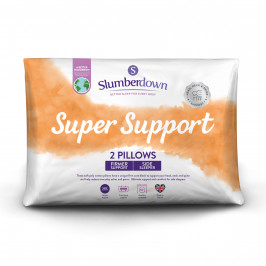
Slumberdown Super Support Firm Support Side Sleeper Pillow, 2 Pack
£17.00
Shop Now -

Slumberdown All Seasons Combi 15 Tog (10.5 + 4.5 Tog) Double Duvet
£30.50
Shop Now -
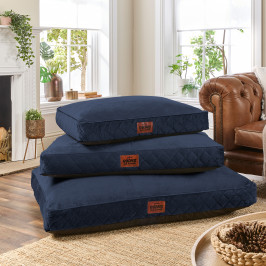
Slumberdown Paws for Slumber Navy Pet Bed, Large
£49.00
Shop Now -

Slumberdown Wonderful Wool Mattress Topper, King
£60.00
Shop Now -

Slumberdown Paws for Slumber Extra Large Pet Bed Spare Cover, Grey
£20.00
Shop Now -

Slumberdown Anti Allergy Pillow Protector - Pack of 2
£15.50
Shop Now -

Slumberdown Anti Allergy Mattress Protector - Double
£20.50
Shop Now -
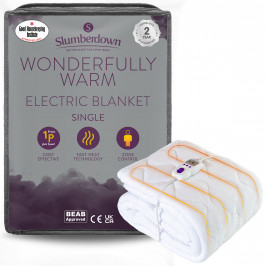
Slumberdown Wonderfully Warm Electric Blanket - Single
£60.00
Shop Now -

Slumberdown Paws For Slumber Sherpa Pet Bed, Medium
From: £25.00
Shop Now -
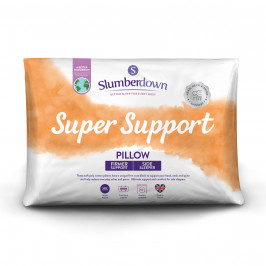
Slumberdown Super Support Firm Support Side Sleeper Pillow
From: £17.00
Shop Now -
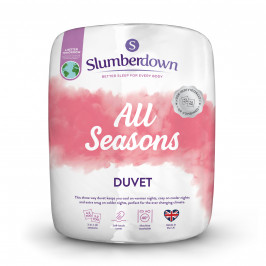
Slumberdown All Seasons Combi Duvet
From: £25.50
Shop Now -

Slumberdown Paws for Slumber Large Pet Bed
From: £49.00
Shop Now -

Slumberdown Wonderful Wool Mattress Topper
From: £54.50
Shop Now -

Slumberdown Paws for Slumber Extra Large Pet Bed Spare Cover
From: £20.00
Shop Now -

Slumberdown Anti Allergy Pillow Protector
From: £15.50
Shop Now -
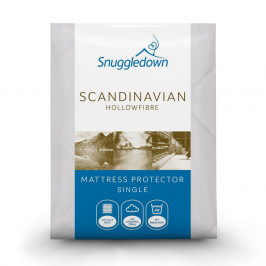
Snuggledown Scandinavian Hollowfibre Mattress Protector - Single
£14.00
Shop Now -
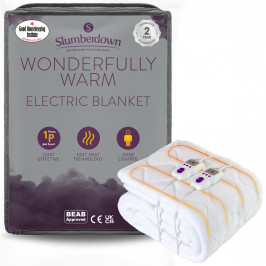
Slumberdown Wonderfully Warm Electric Blanket
From: £60.00
Shop Now -
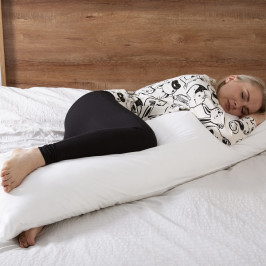
Slumberdown Body Support Pillow, 1 Pack, Includes 100% Cotton Pillow Case
£20.00
Shop Now -
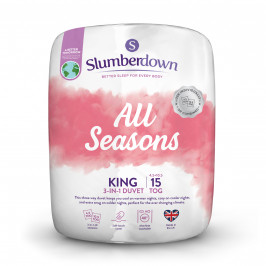
Slumberdown All Seasons Combi 15 Tog (10.5 + 4.5 Tog) King Size Duvet
£34.00
Shop Now -
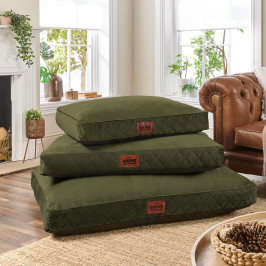
Slumberdown Paws for Slumber Olive Green Pet Bed, Large
£49.00
Shop Now -

Slumberdown Wonderful Wool Mattress Topper, Double
£54.50
Shop Now


